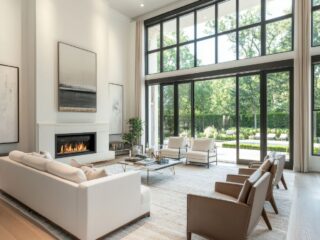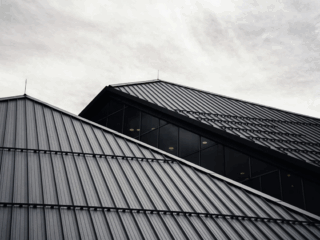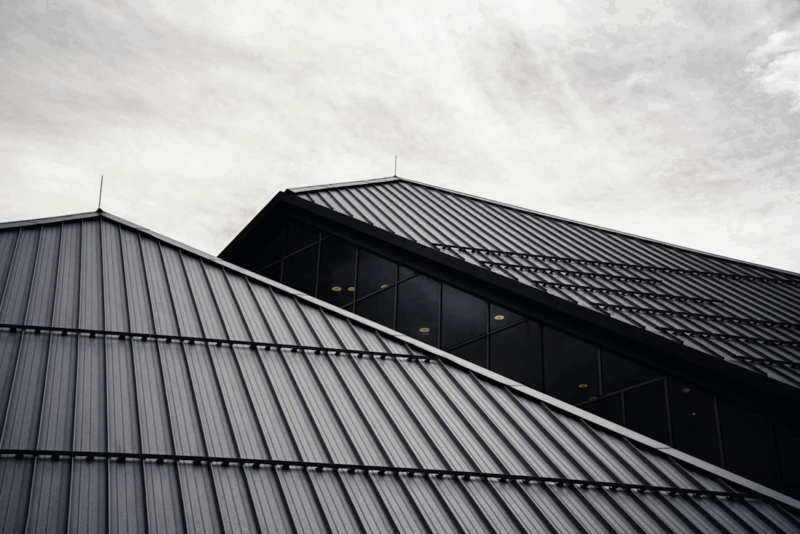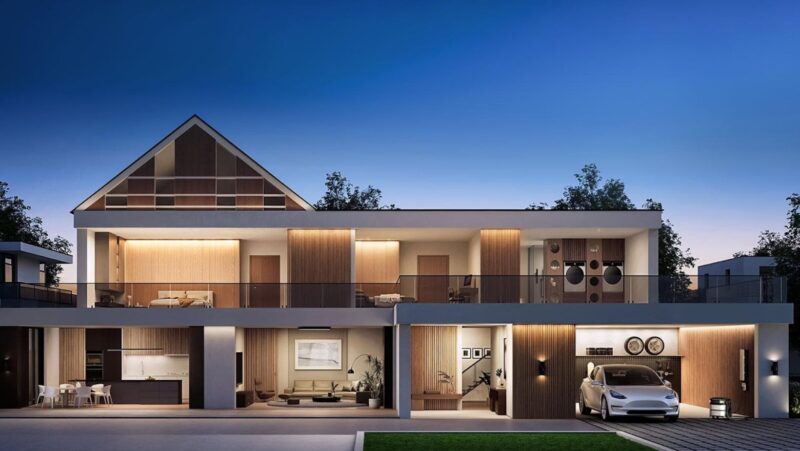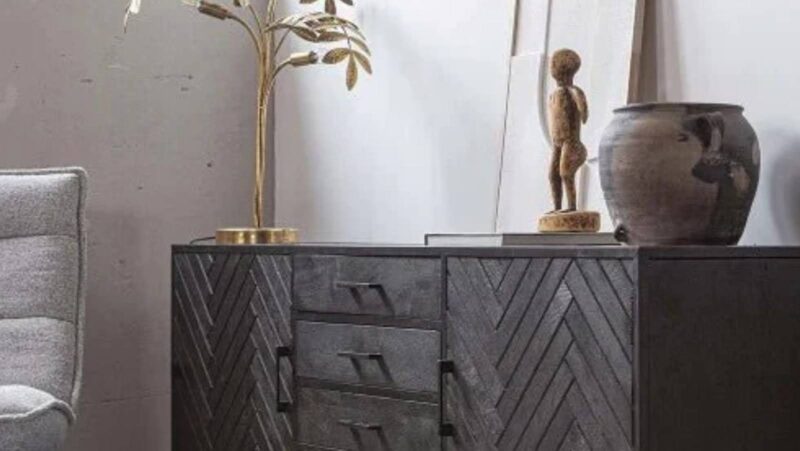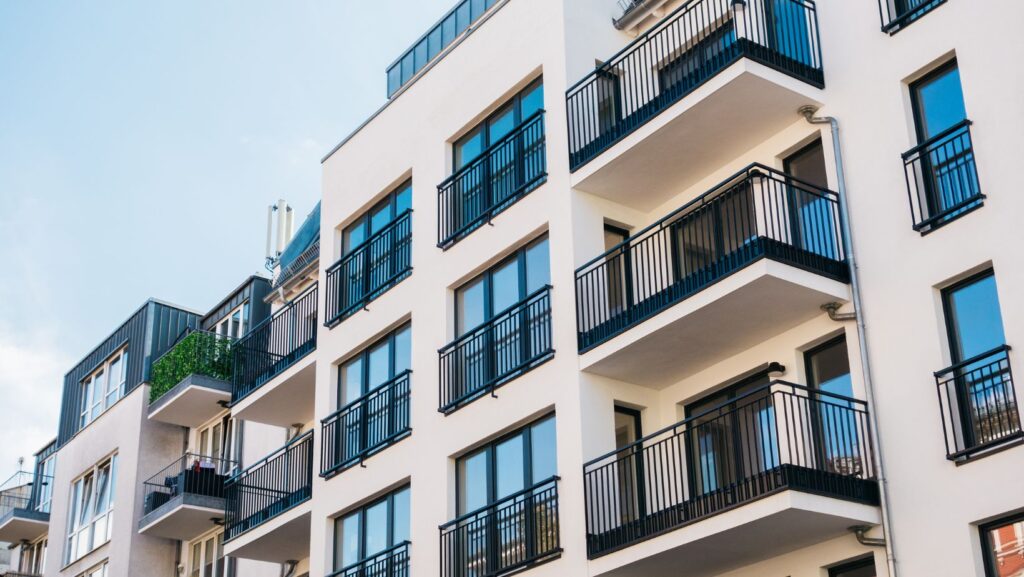
When it comes to choosing a home, most buyers fall into two camps. One side loves sleek lines, minimalist layouts, and cutting-edge tech. The other? They want crown moldings, cozy nooks, and that warm, familiar feel. Modern or traditional—it’s more than just style. It’s about how people live.
But what really drives buyer choices today? Is one style winning out? And what do sellers need to know to stay ahead?
This guide breaks it all down—clearly, simply, and with plenty of real-world insight. Whether you’re selling or buying, you’ll want to know how trends are shifting and why.
And if you’re looking for a fast, stress-free sale, get in touch with HouseMax—sell your house in Kansas City without the usual hassle. They buy homes as-is, no repairs or delays needed.
Let’s take a closer look at what today’s buyers are leaning toward—and why.
Clean Lines, Open Spaces, and Smart Living
Modern homes are all about simplicity and function. Think flat roofs, floor-to-ceiling windows, and open floor plans. Everything is clean. Everything flows. The kitchen connects to the living room. The living room blends into the dining space.
For many buyers, this style checks all the right boxes:
- Natural light everywhere
- Fewer walls, more movement
- Energy-efficient features
- Smart tech built right in
Picture this. You walk into a space that feels airy and calm. No clutter. No fuss. Just light, space, and style. That’s what draws younger buyers in. Especially professionals who want something sleek and low-maintenance.
Charm, Character, and Time-Tested Layouts
On the flip side, traditional homes have a kind of comfort you can’t replicate with concrete and steel. They bring in wood finishes, built-in shelving, fireplaces, and formal rooms.
What makes them so popular?
- Defined rooms with a clear purpose
- Detailed craftsmanship
- Cozy, familiar layouts
- A sense of permanence
Buyers who grew up in older homes often gravitate back to them. They like homes that feel lived in, with staircases that creak and kitchens that still have a little soul.
There’s also curb appeal. Columns, shutters, and gabled roofs still speak to the classic idea of home. Especially for families and older buyers who want something that looks rooted.
What Purchasers Are Really Looking for in 2025
Design matters. But it’s not everything. Buyers in 2025 are practical. They want a home that works for their lifestyle, not just one that looks great on Pinterest.
Trends show a few clear patterns:
- Energy efficiency is a dealbreaker for many
- Layout flexibility is key, especially post-pandemic
- Storage matters more than granite countertops
- Outdoor space is often just as important as kitchen size
So while modern design may look better in photos, and traditional may offer a nostalgic pull, buyers are mostly asking, “Will this fit my life?”
How Lifestyle and Practicality Influence Design Choices
This is where things get interesting. People don’t always buy the style they say they prefer. Often, life chooses for them.
Take a family with two kids and a dog. A traditional layout with doors, nooks, and divided rooms might work better than one big open floor plan. Now compare that to a single professional who works from home. They may prefer a modern loft with less maintenance and more light.
Here’s what really guides choices:
- Daily routines
- Family structure
- Work-from-home needs
- Age and future planning
So, while style grabs attention, practicality often seals the deal.
How Hybrid Homes Are Blending Modern Features with Traditional Charm
Not everyone wants to choose between old and new. That’s where hybrid homes come in. These designs blend the comfort of tradition with the ease of modern living.
Imagine a home with a classic brick exterior, but a sleek kitchen fitted with smart appliances and minimalist cabinets. Or a house that keeps its wood floors and ceiling beams, but opens up its living area for better flow.
These spaces feel both fresh and familiar. They appeal to a wide audience, especially those who appreciate the beauty of both styles. And as builders catch on, more homes are being crafted to reflect this balanced design approach.
Design Preferences by Location
Where a home is located changes everything. A sleek glass box in the middle of a historic town might feel out of place. Just like a stone cottage might not work in a high-rise condo market.
Here’s how location affects design trends:
- Urban buyers tend to lean modern—space is limited, and smart design wins
- Suburban buyers often want a mix of traditional exteriors with open interiors
- Rural buyers still favor traditional homes with character and land
Regional climate also plays a role. In warmer climates, open floor plans and lots of windows are a bonus. In colder areas, buyers still prefer cozier, more contained spaces.
How Sellers Can Highlight the Right Features
Sellers don’t need to do full renovations to appeal to buyers. It’s more about understanding what buyers value—and making sure your home reflects that clearly.
If your home leans traditional, focus on highlighting its craftsmanship and detail. Showcase built-ins, original finishes, and timeless features. For modern homes, draw attention to flow, natural light, and any smart updates.
Regardless of style, show buyers how the home can fit into their lives. Simple staging can make a room feel more functional. Fresh paint, clean lines, and a well-kept exterior go a long way. It’s not about transforming the home—it’s about presenting it clearly.
Final Thoughts on What Buyers Prefer
So, which design style wins? The truth is—there’s no universal winner. Some buyers will always lean modern. Others want something with roots. The bigger trend? Homes that match real-life needs. And sellers who understand those needs are the ones who move their homes faster—and at better prices.
In the end, modern or traditional doesn’t matter as much as this:
Does the home feel right?
Does it work for how people live now?
That’s the real answer to what buyers prefer today.





